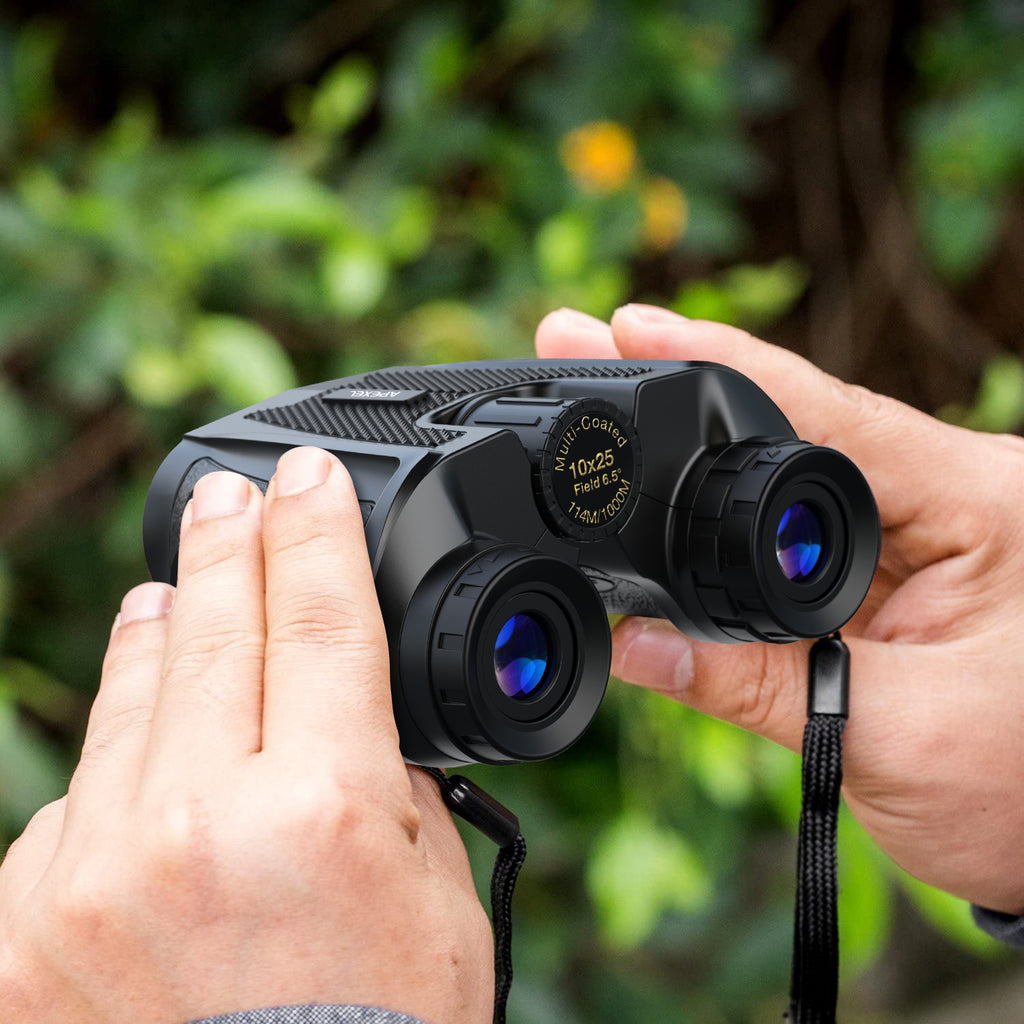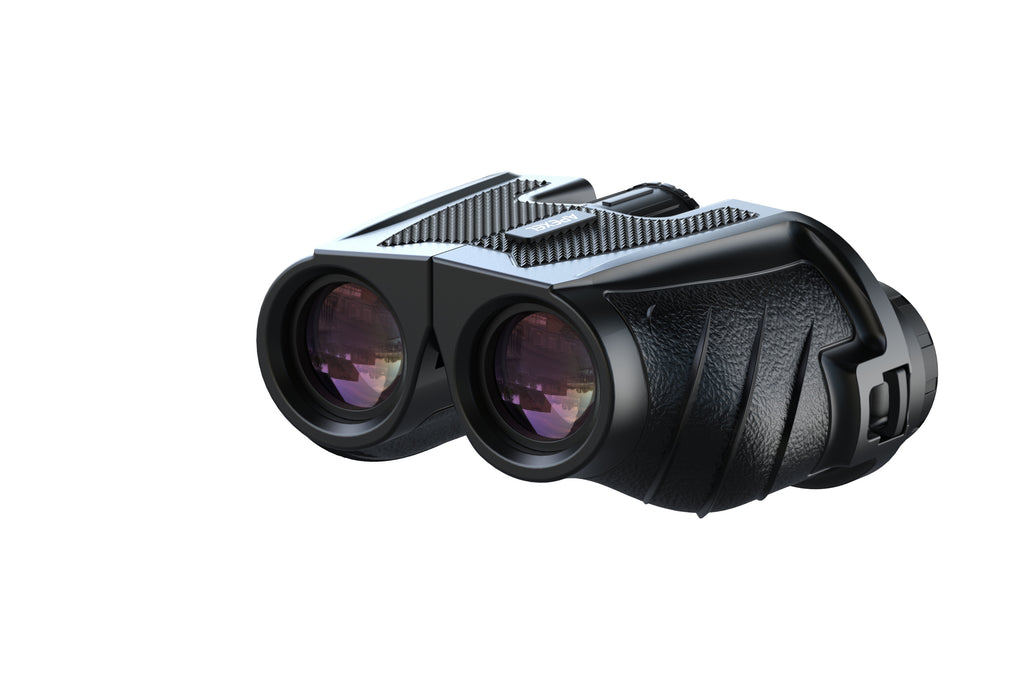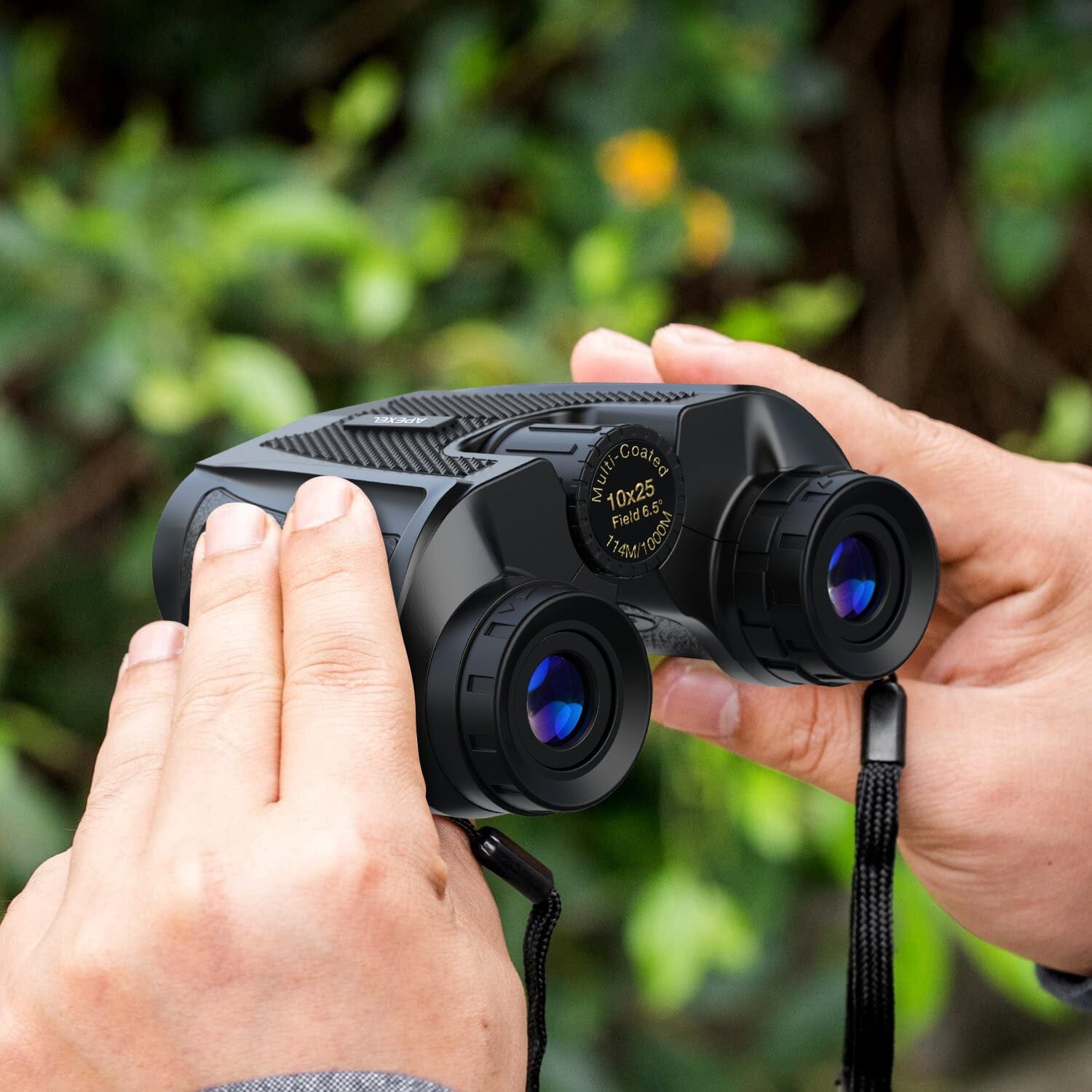Binoculars consist of two viewing tubes, while monoculars have only one. But wouldn't two observation tubes be better? We usually think so, but the answer may surprise you. The choice of monoculars or binoculars depends on your needs. In this article, we will focus on the comparison of monoculars and binoculars.
Comparison of monoculars and binoculars
1. Application effect
Do single or binoculars work better? Binoculars, of course. First of all, bird watching and bird watching, obviously binoculars are more comfortable and portable. When using a single telescope for a long time, the eyes are easy to fatigue, and there is no visual imaging overlay effect will also affect the three-dimensional sense of the picture.

2. Weight and size
Monoculars and binoculars are different in size and weight. If you're looking for something small to put in your pocket, you should opt for a monoculars. Binoculars are heavy and difficult to wear around your neck on long trips. Plus, it takes up more space, even in your travel bag.
3. Viewing and quality
Single binoculars provide the best and magnified view, and you may find it somewhat flat compared to binoculars. However, for a sharper 3-dimensional view, you should opt for binoculars. Binoculars also allow you to adjust it to enjoy better focus. However, monoculars only have one lens, and you can hardly adjust it.
4. Bird watching/animal watching
For bird watching and animal observation, a magnifying glass is usually used for a long time. To avoid eye strain, binoculars are recommended.
5. Hunting
Hunting usually involves watching long distances for long periods of time. This has led many hunters to opt for binoculars to avoid eye strain. Hunters who need to carry light can choose monoculars.
6. Hiking
Hiking requires activity, often over long distances. So that means hikers opt for compact binoculars or monoculars to save space and weight.
7. Stargazing
Monoculars are most often used for stargazing, just like telescopes. They are usually mounted on tripods for stability.

Precautions for using a telescope
1. Never observe the sun through a telescope without installing any protective equipment, which will cause irreversible damage to your eyes.
2. The field of view of a telescope should be a complete circle, not a figure-of-eight circle with overlapping middle part and separate sides, which is common in movies and television. This will only cause bad images and eventually hurt the eyes.
3. For the medium telescope, the correct way to focus is to observe with the left eye and adjust its focal length at the same time. After the left eye is completely clear, open the right eye and adjust the diopter of the right eye to make it the clearest.
At this time, the diopter scale of the right eye is the diopter of the user. You can record this scale and directly adjust the diopter to that scale when using the telescope in the future.
4. When focusing a pair of binoculars, close either eye first and adjust the scene clearly, then adjust the focus of the other eye until the eye is completely clear.
5. A telescope is a precision optical device. Regardless of whether the telescope is waterproof or shockproof, use it with care, avoid exposure to rain or snow, and try to avoid moisture and shock.



Share:
How to buy the best binoculars in 2022?
What should I pay attention to when buying binoculars?